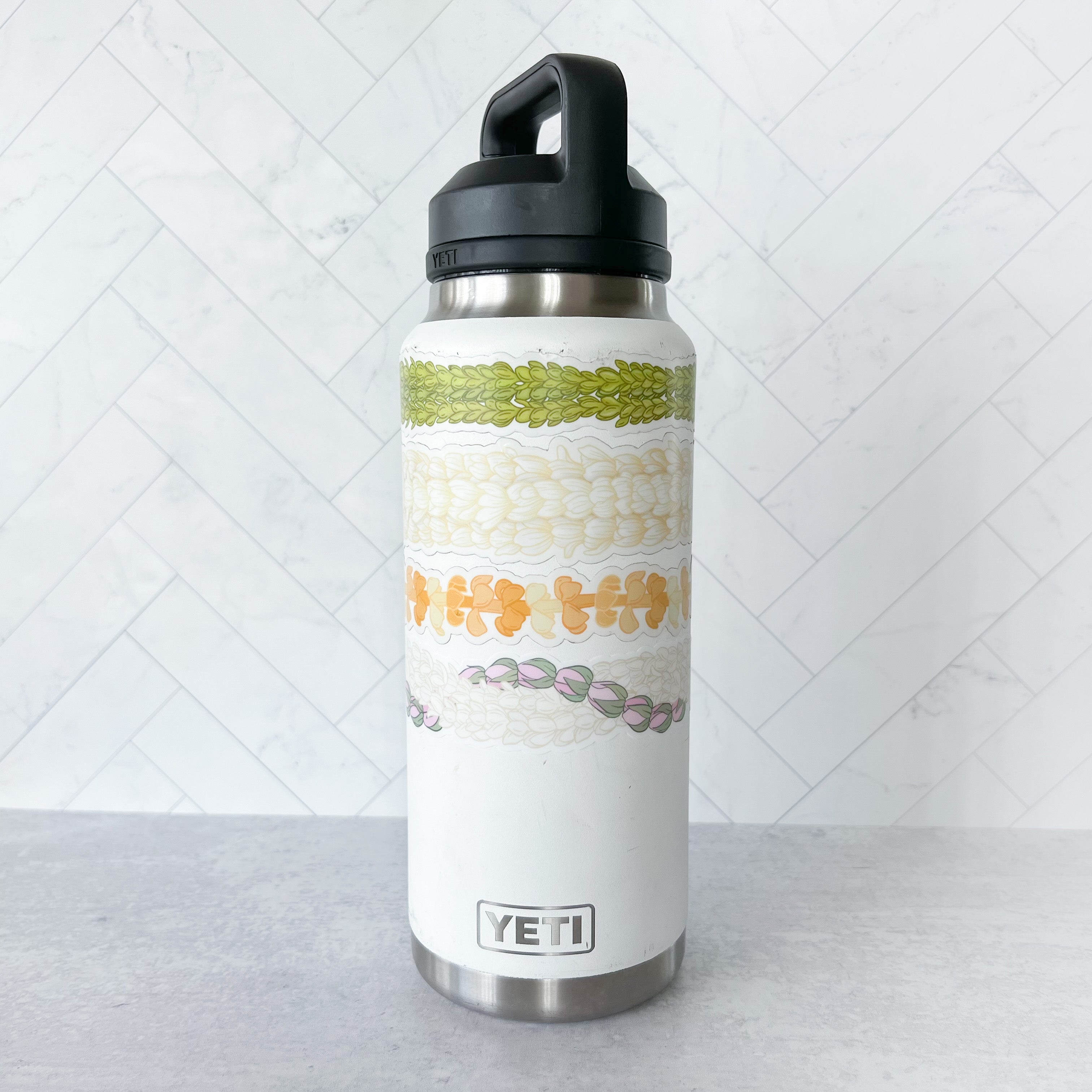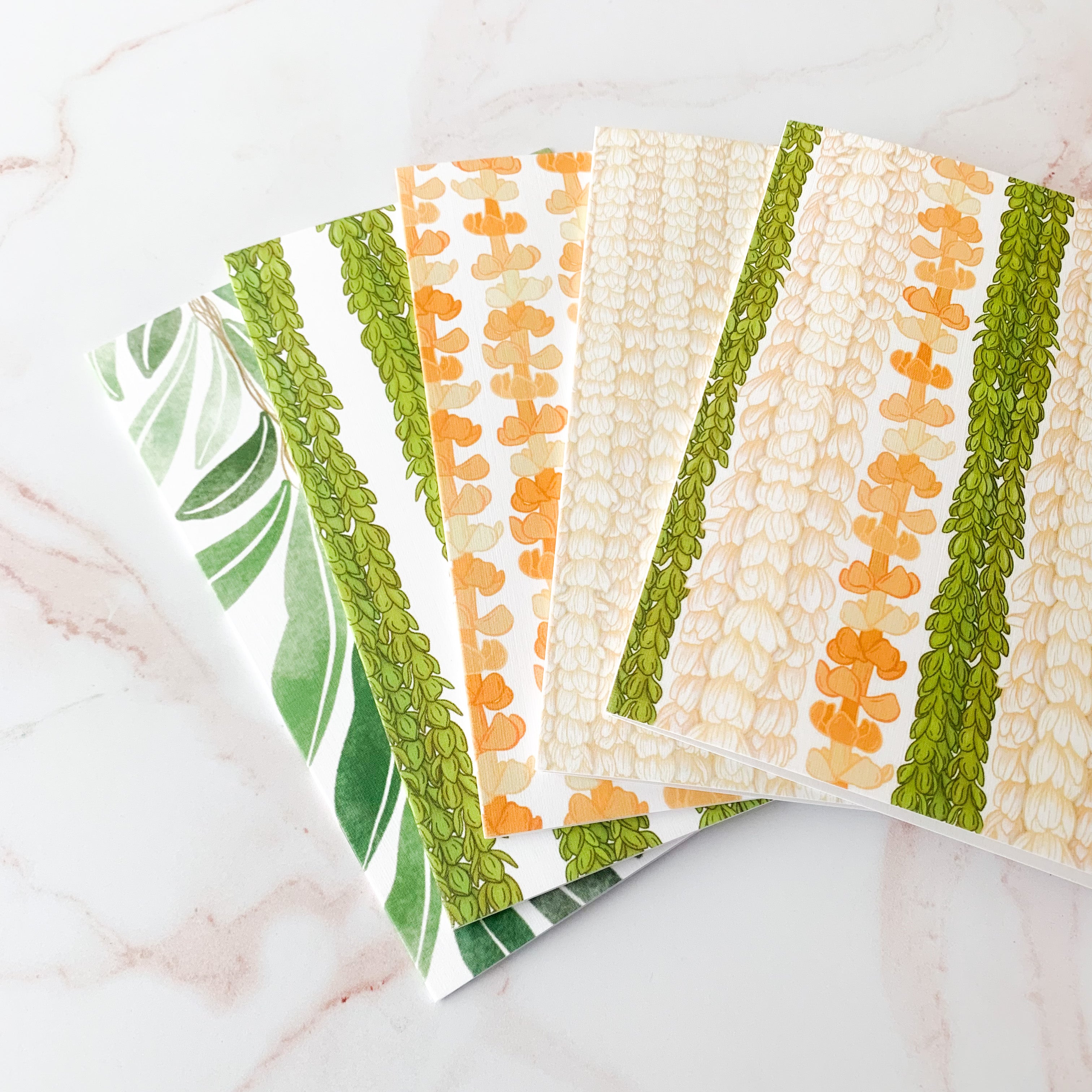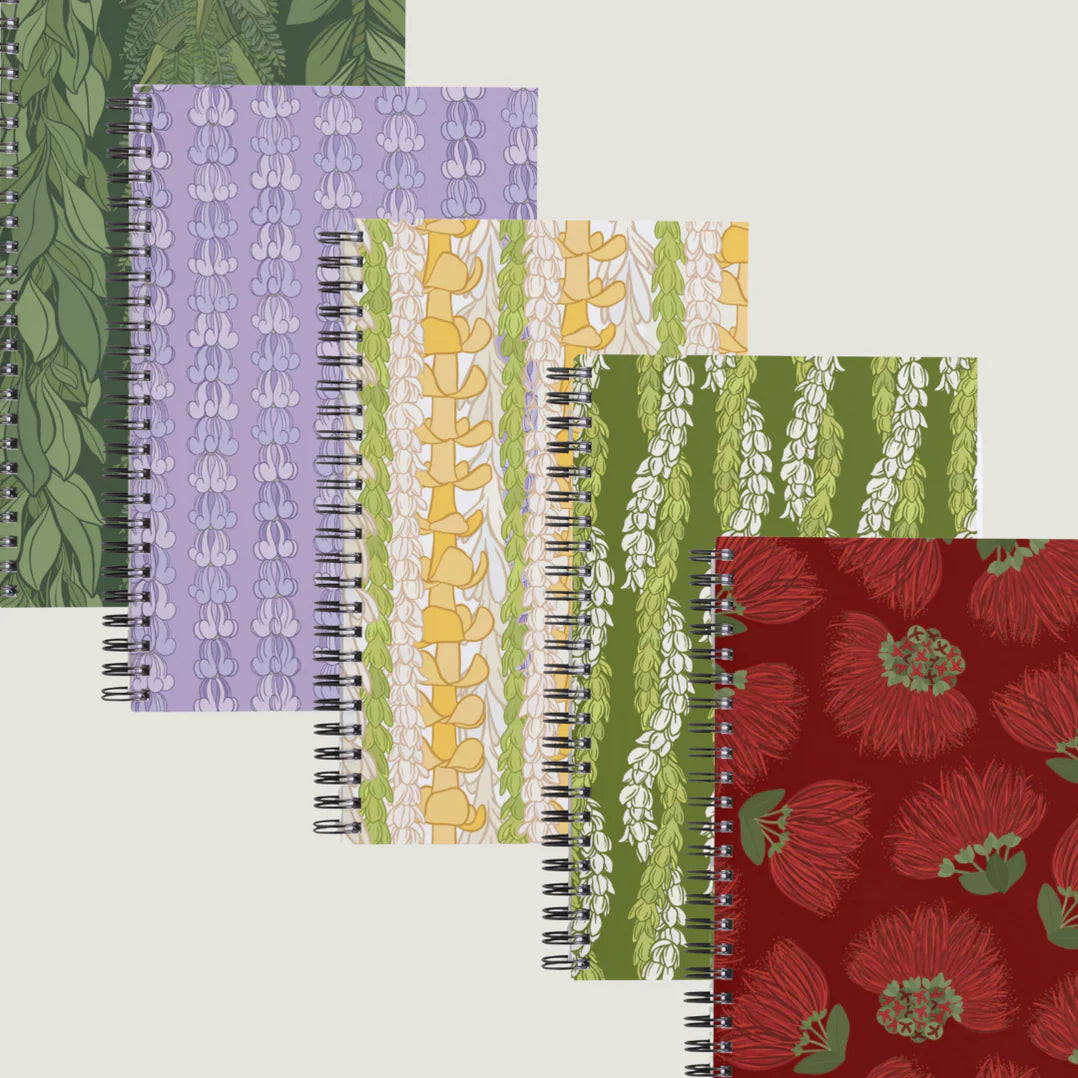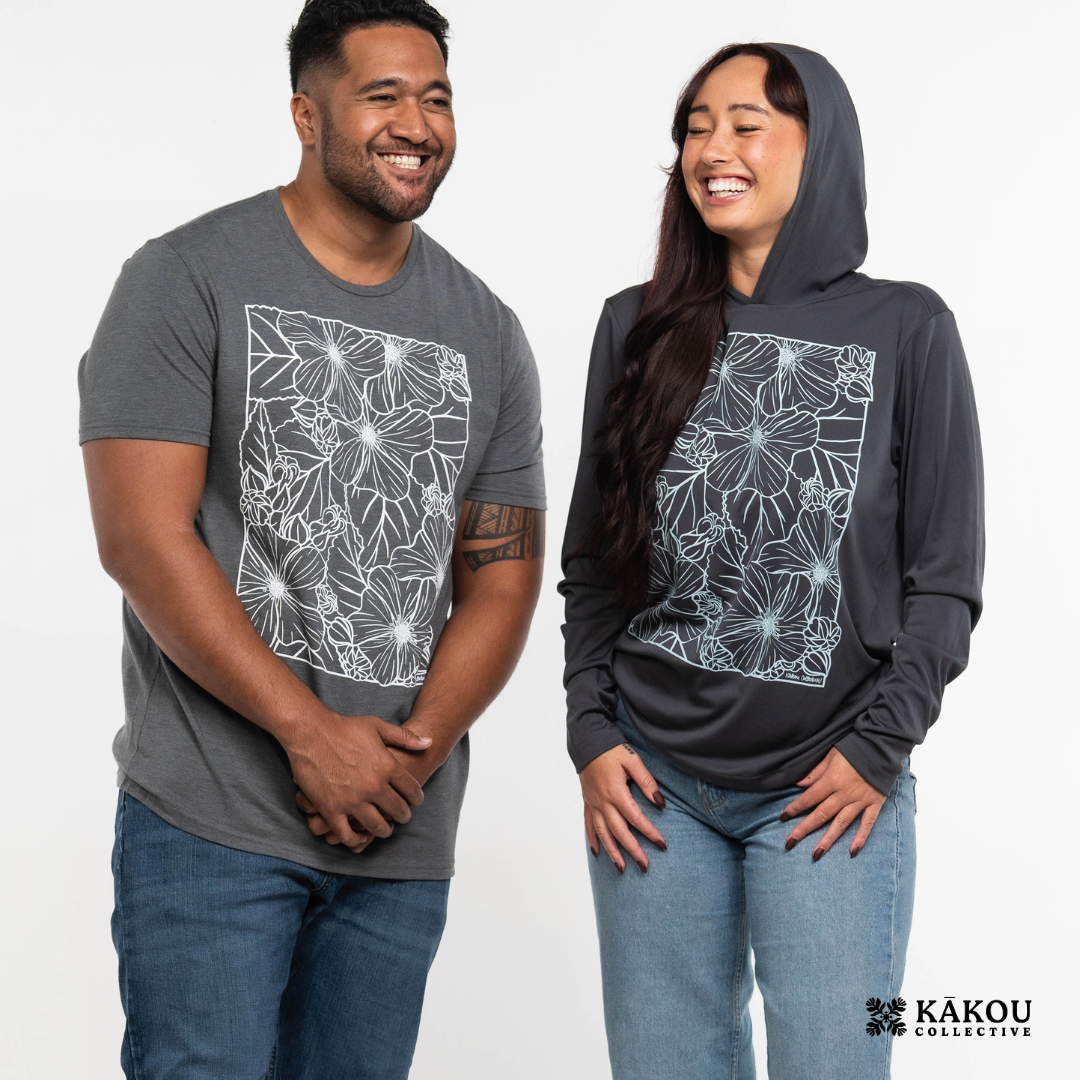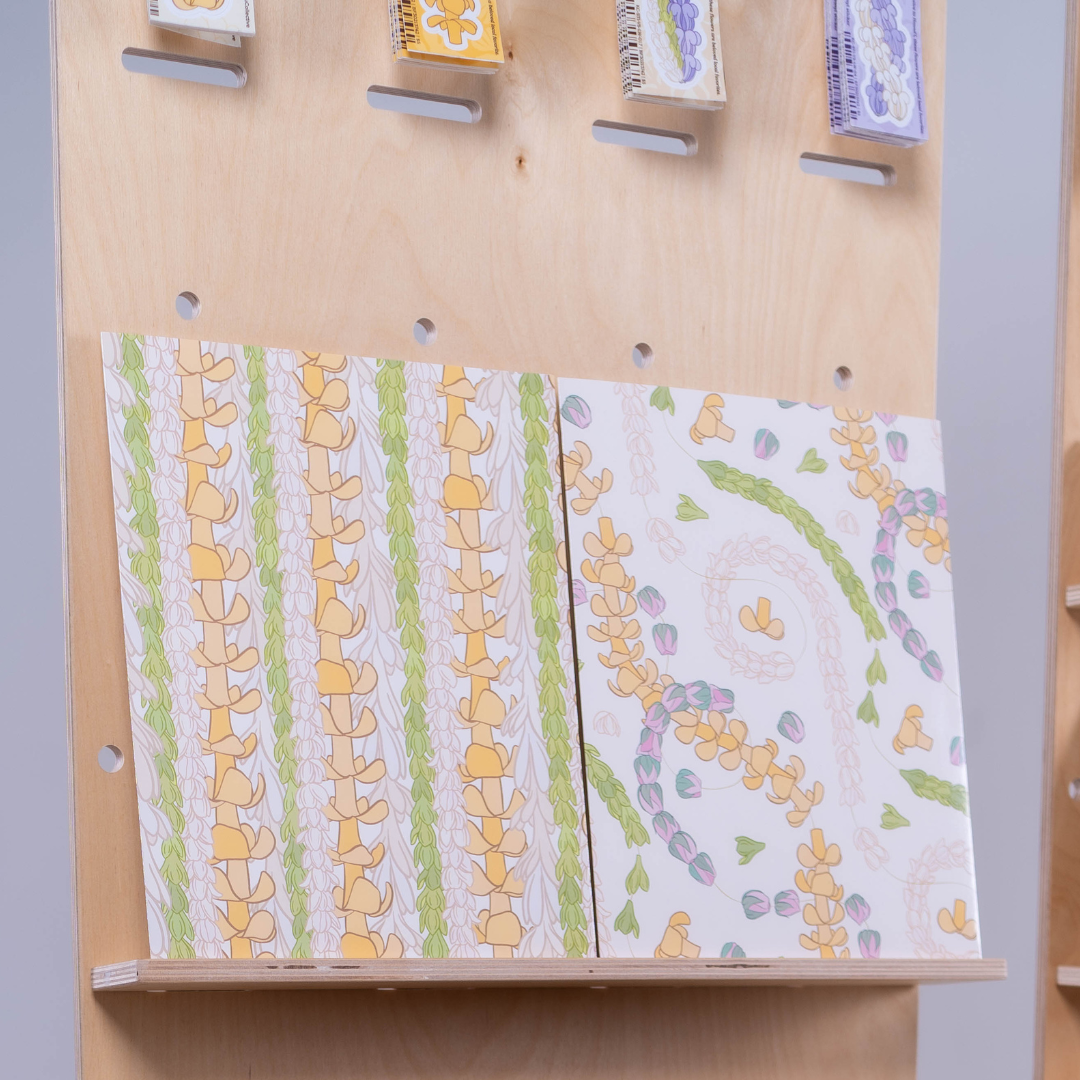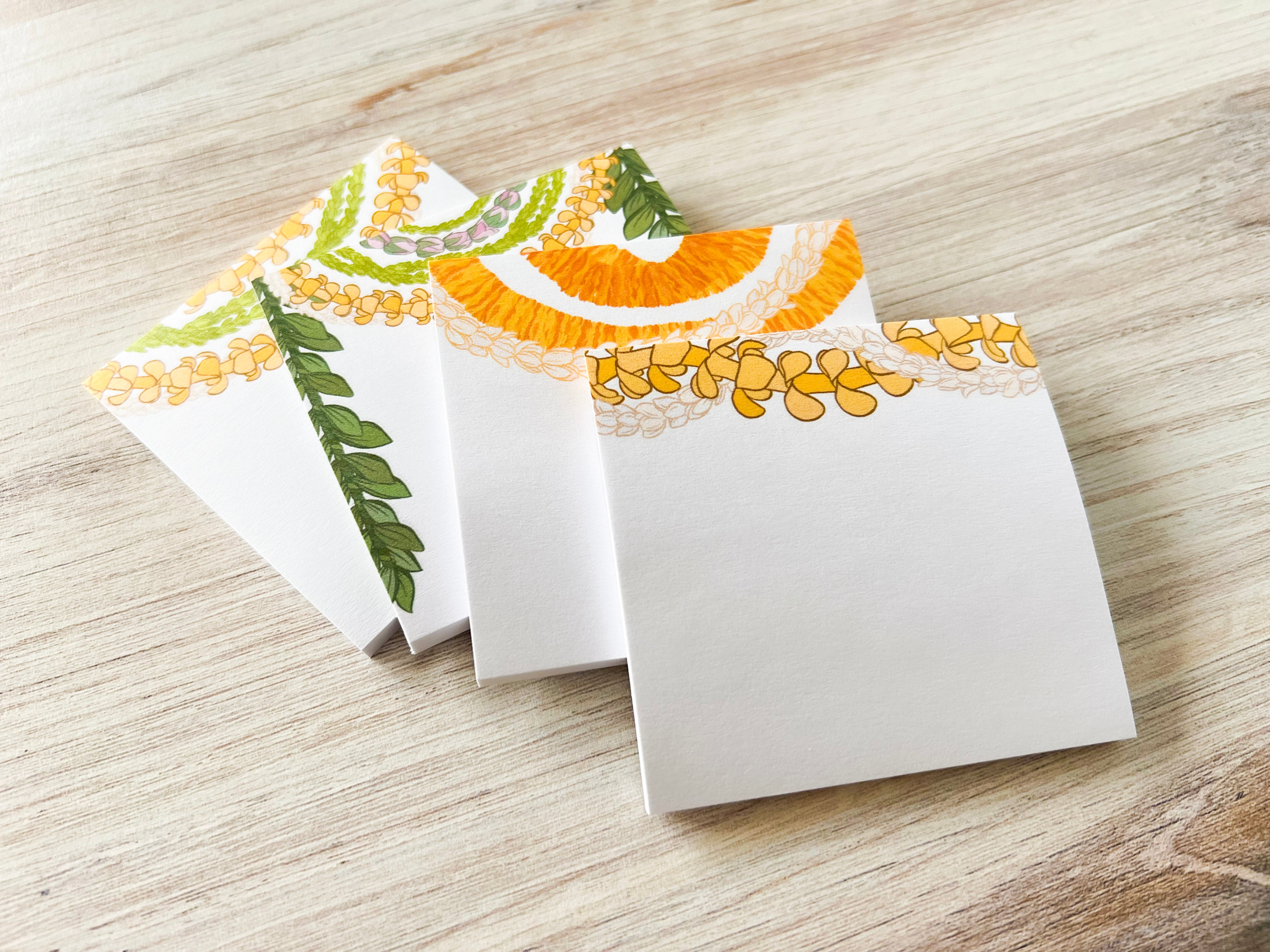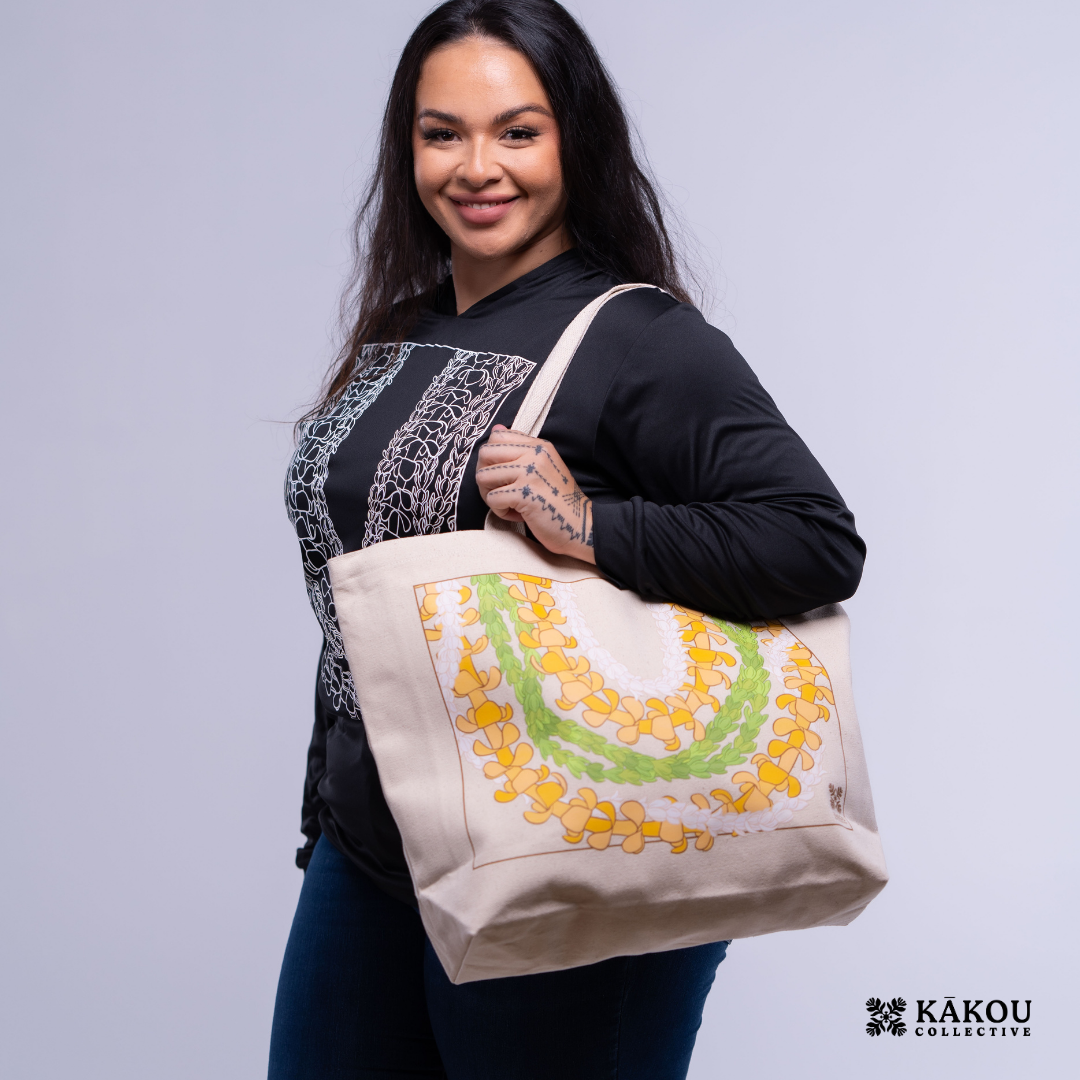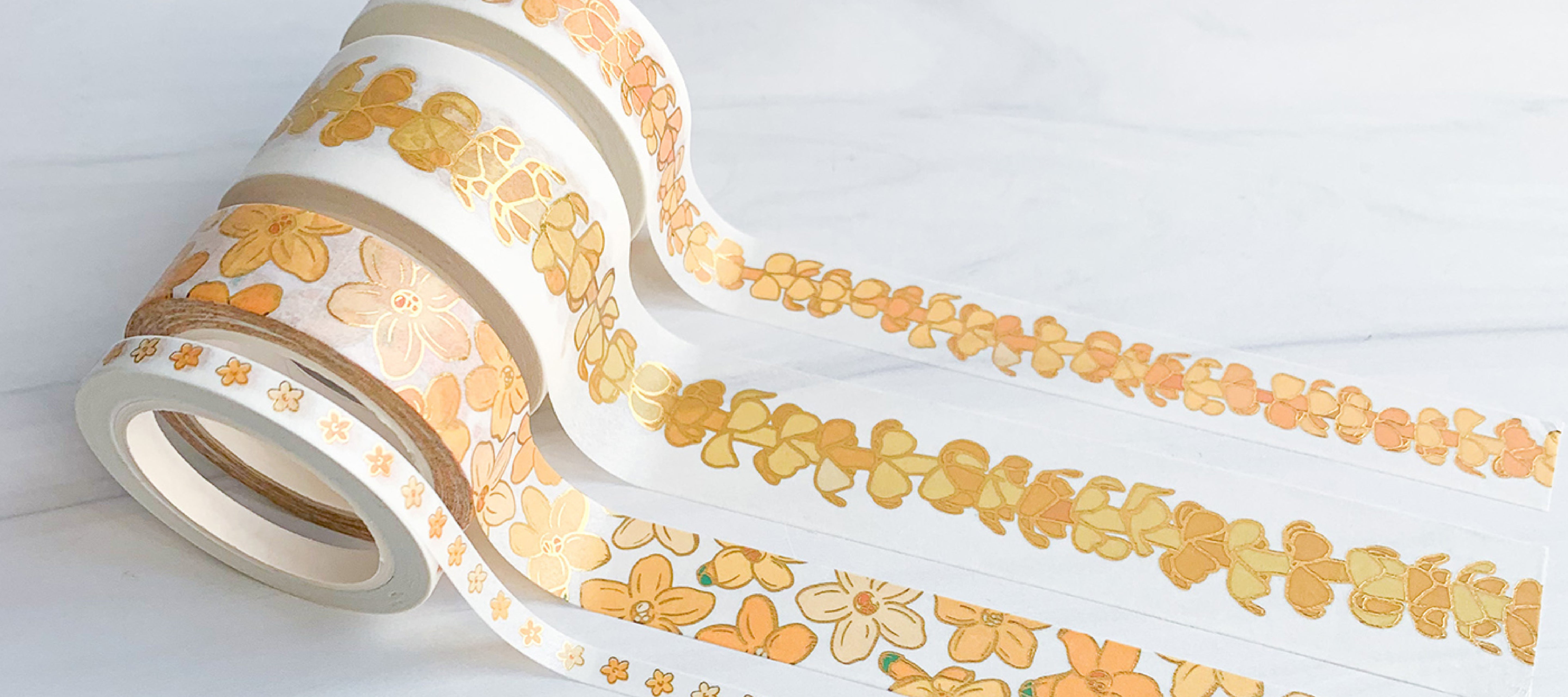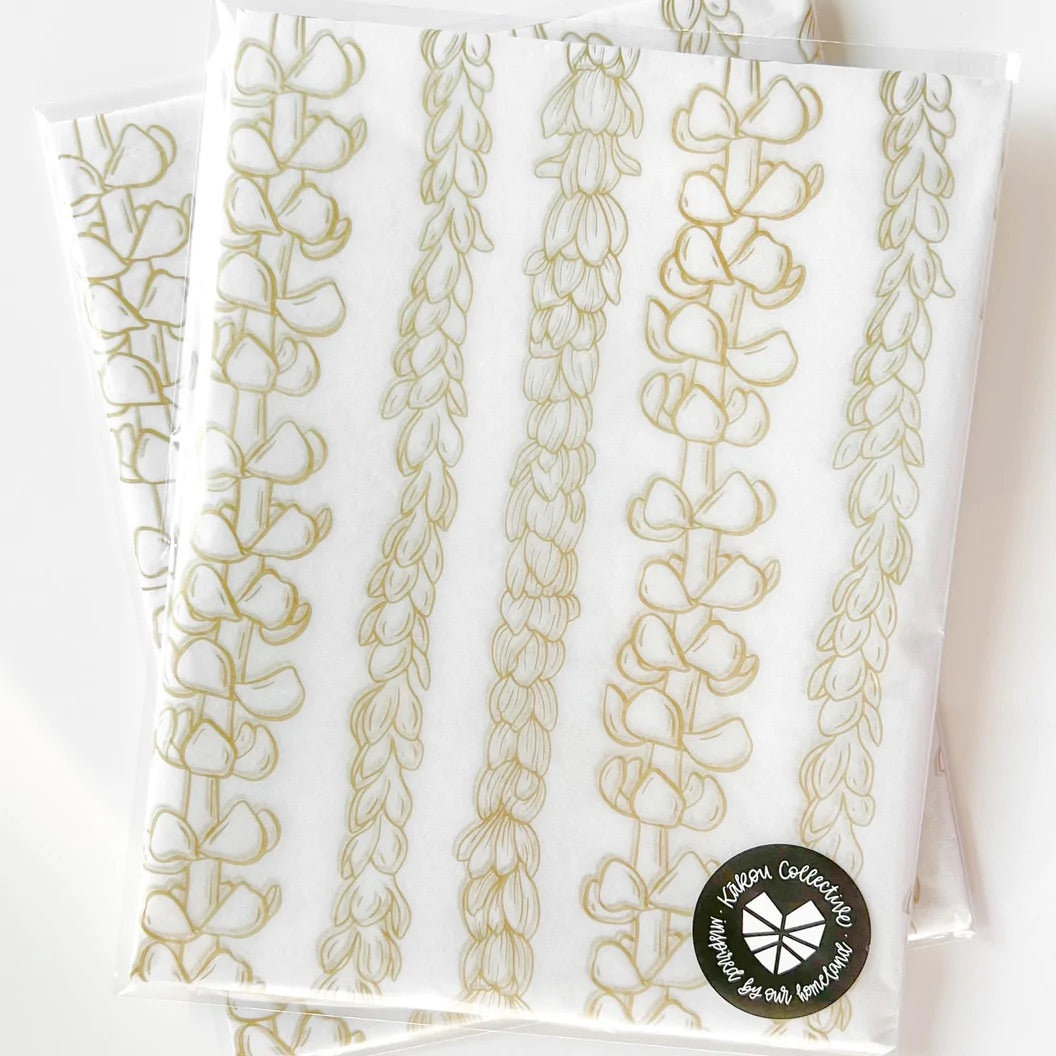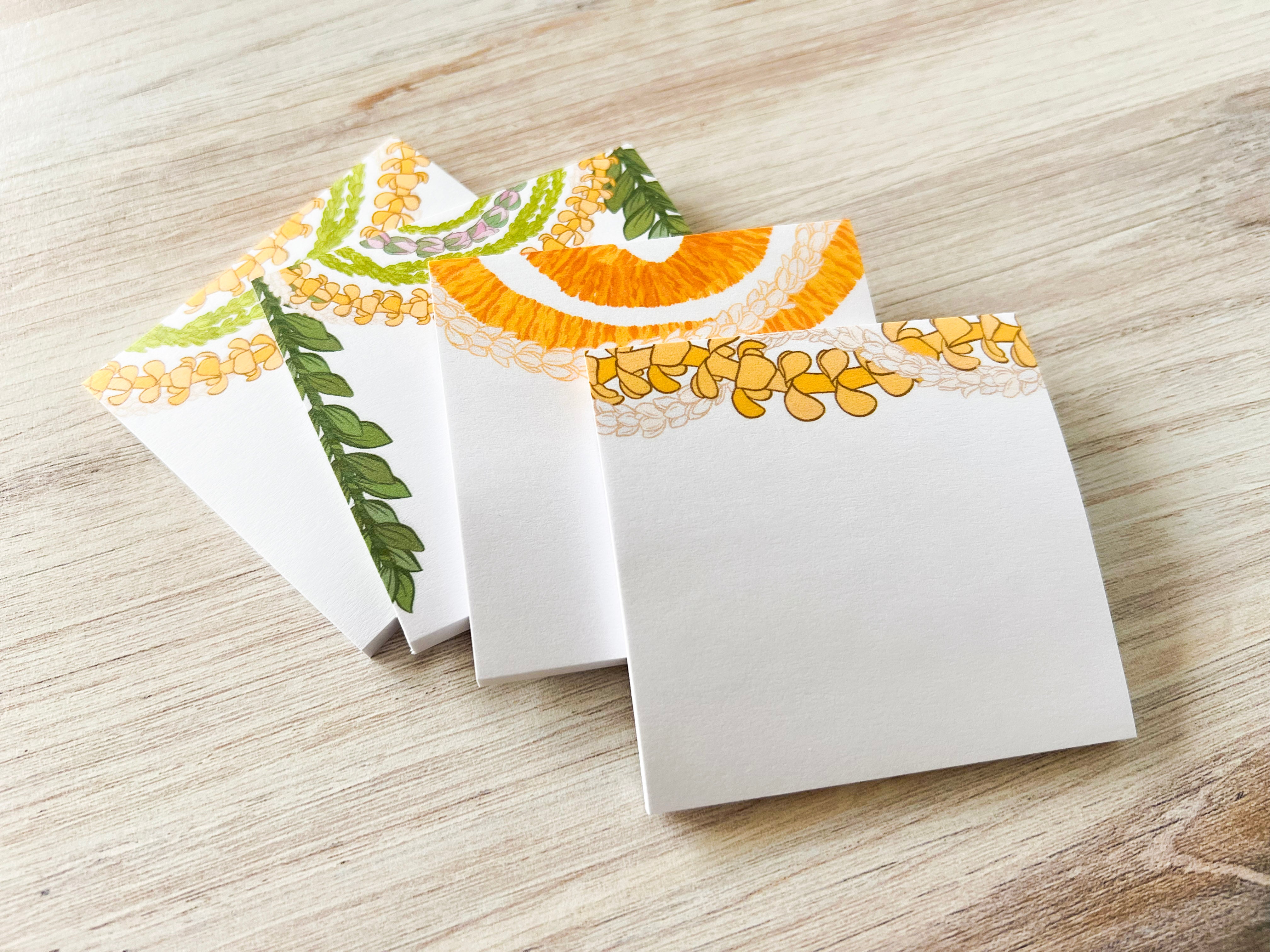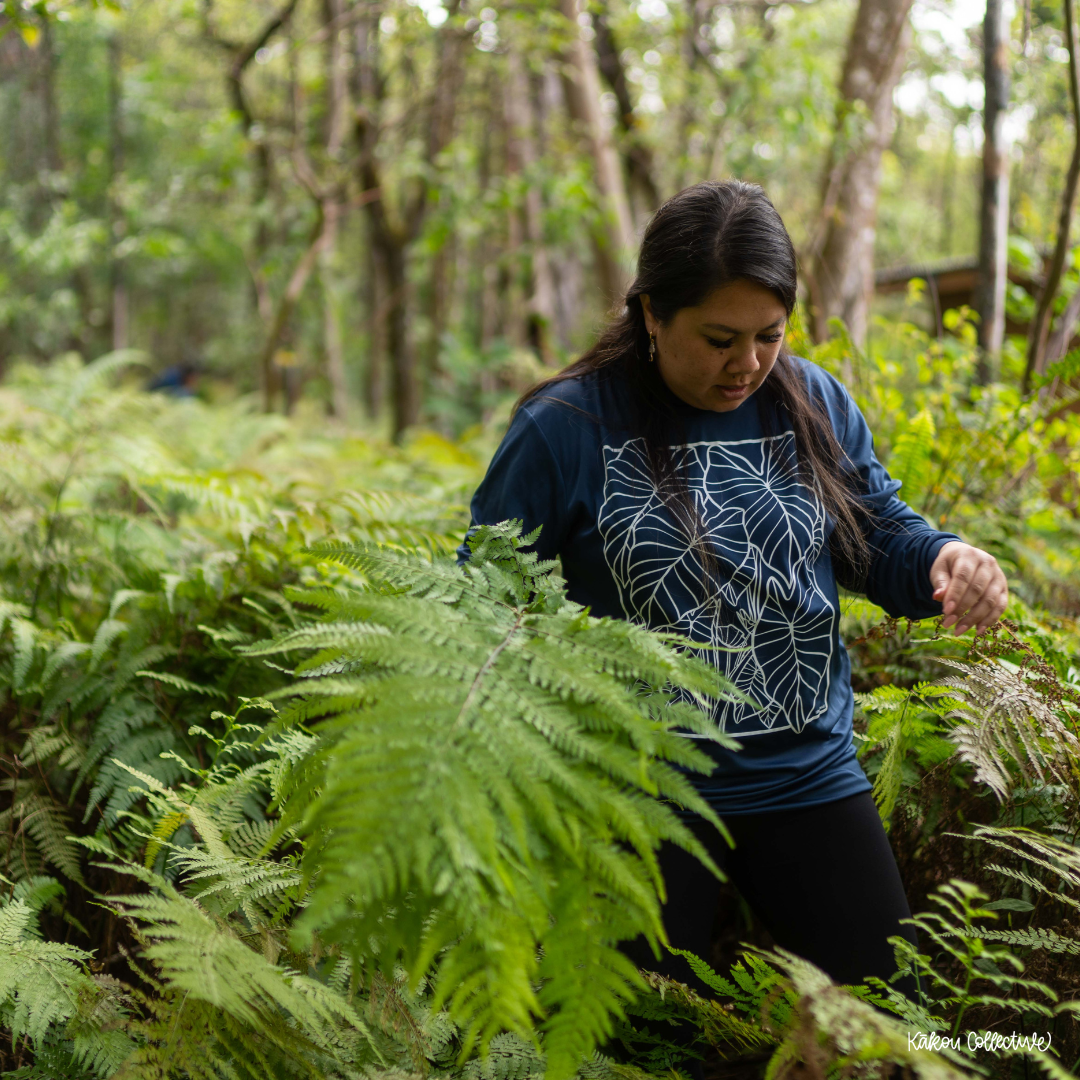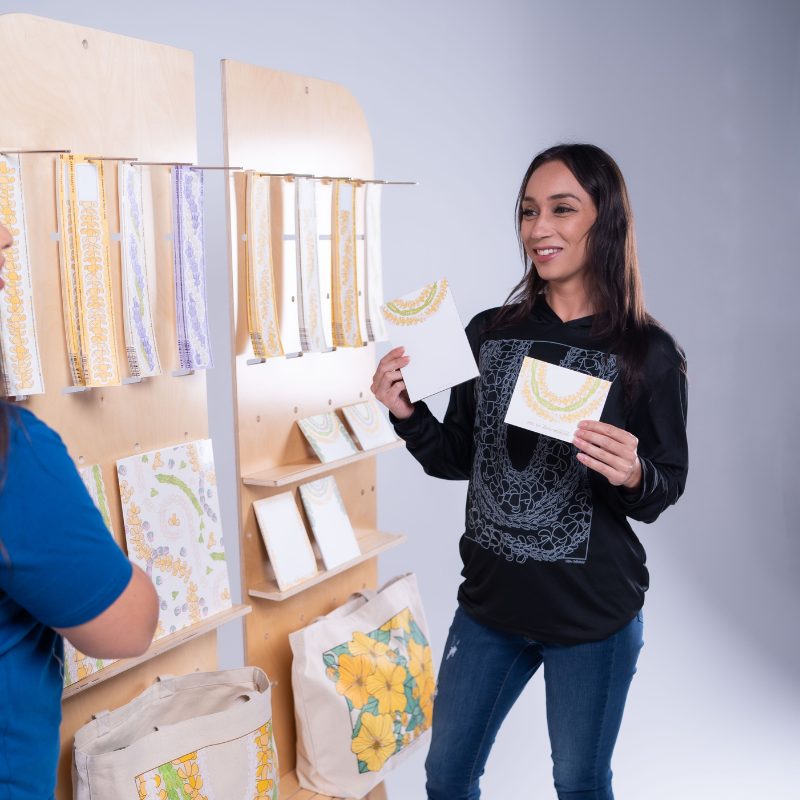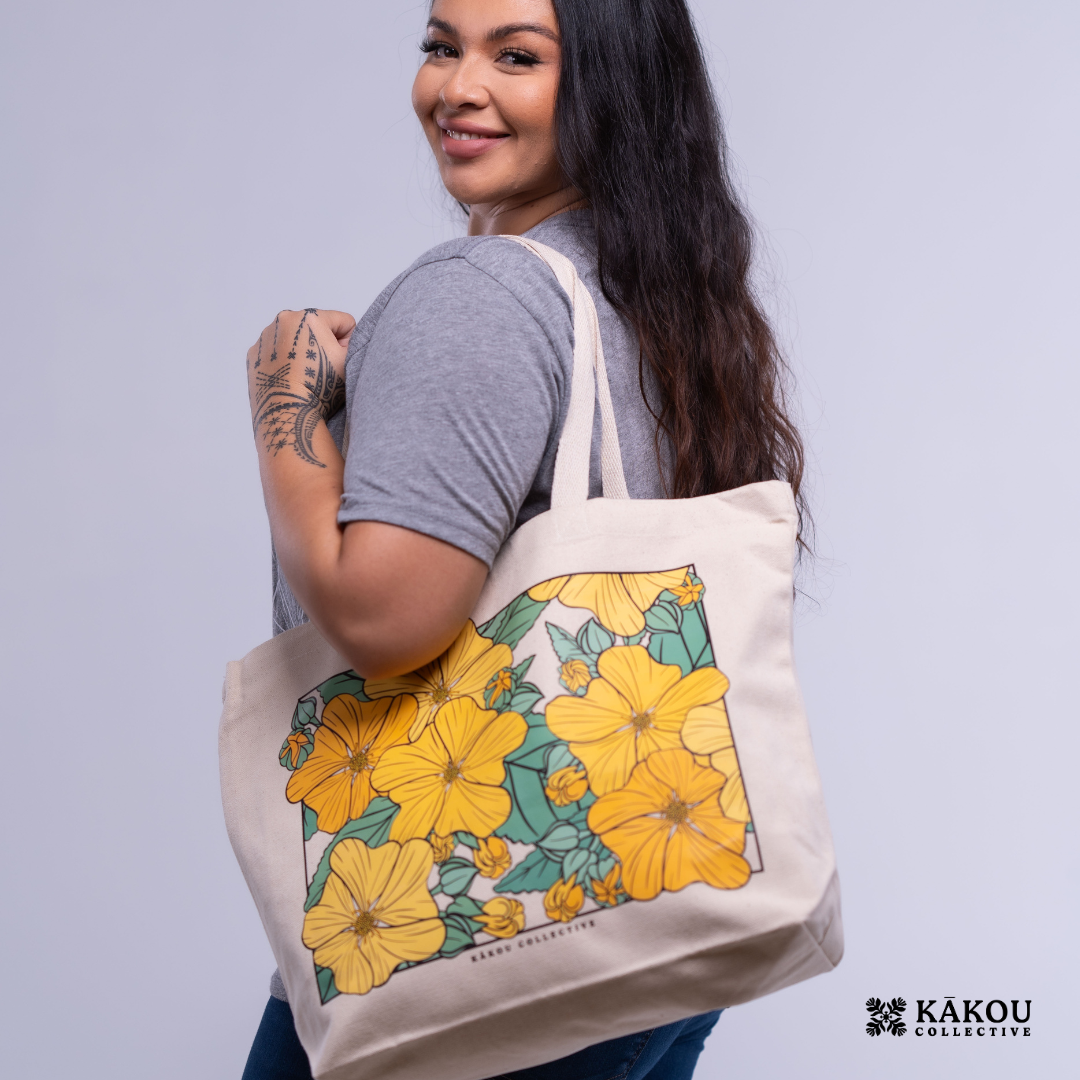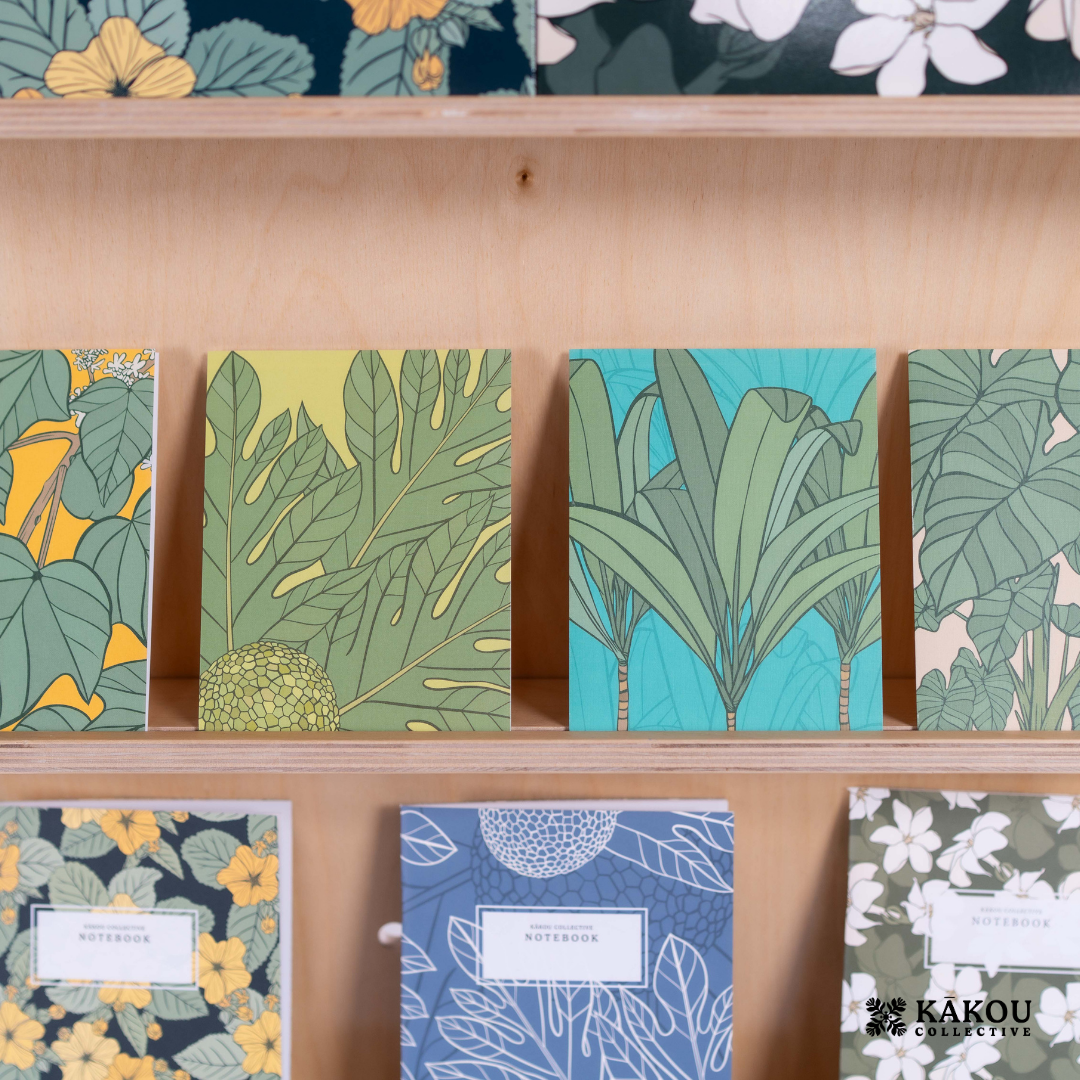ʻŪlei: Strength and Subtle Beauty in the Hawaiian Landscape
ʻŪlei (Osteomeles anthyllidifolia) is a native shrub that embodies both resilience and grace. Often found along Hawaiʻi’s shorelines as well as in dry to mesic forests, this hardy plant thrives where salty winds blow and sandy soils challenge other plants to survive. Its small, delicate white pua (flowers) offer a gentle contrast to its paʻakikī (hard, dense) wood—a reminder that beauty and strength can coexist in perfect balance.
For generations, Hawaiians recognized the many gifts of ʻūlei. Its strong wood was shaped into ʻōʻō (digging sticks) and ihe (spears), tools essential for survival and daily life. These implements weren’t just functional—they reflected the ʻike kūpuna (ancestral knowledge) that guided sustainable harvesting, careful crafting, and deep respect for the natural world.
Beyond its practical uses, ʻūlei also found a place in the art of lei-making. Its branches, sometimes adorned with blossoms, could be woven into lei using the wili (twist) method, adding a subtle beauty and a connection to the ʻāina (land) in celebrations and gatherings.
This plant is especially meaningful to me because ʻūlei was part of the very first workshops I taught back in 2016. At the time, I didn’t have the budget to bring this artwork to life beyond the classroom. Today, it feels like a full-circle moment—thanks to the support of a community that believes in shining a light on Hawaiʻi’s native plants, I can finally expand on this collection and share ʻūlei’s story with a wider audience.
As part of our Native Beach Flowers of Hawaiʻi series, ʻūlei reminds us that coastal plants do more than survive—they protect shorelines, support native biodiversity, and carry the moʻolelo (stories) of our ancestors. ʻŪlei teaches us that even in harsh conditions, with the right roots and purpose, life can thrive—and give back to the community that cares for it.


